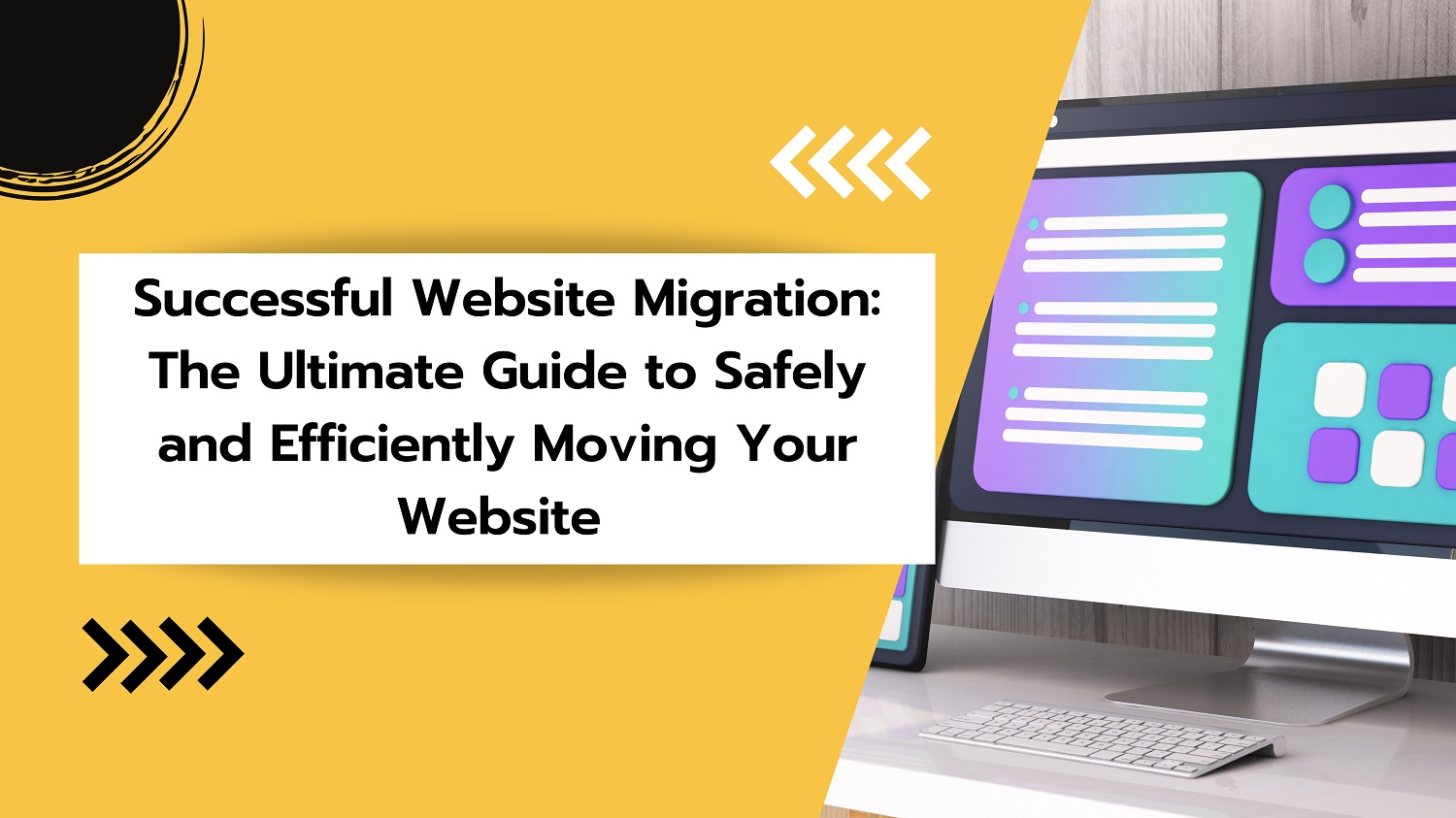
Successful Website Migration: The Ultimate Guide to Safely and Efficiently Moving Your Website
Website Migration Project
Welcome to our ultimate guide on successfully migrating your website! If you are planning to move your website from one server to another, or from one domain to another, it is essential to have a well-thought-out migration strategy to ensure a smooth and efficient transition. In this guide, we will walk you through the necessary steps and provide you with a comprehensive checklist to help you navigate the process with ease.
Whether you are a business owner, a web developer, or an IT professional, this guide is designed to cater to a wide range of individuals involved in website migration projects. So let's get started!
Website Migration Strategy
Before diving into the specific steps involved in website migration, it is crucial to develop a solid strategy. A well-planned strategy can help mitigate risks, minimize downtime, and ensure a seamless transition for your website visitors. Here are some key considerations when devising your website migration strategy:
Create a Backup
Prior to initiating any migration activities, it is vital to create a backup of your existing website. This ensures that you have a safety net in case anything goes wrong during the migration process. You can use various backup tools or plugins depending on the platform your website is built on.
Assess Your Current Website Structure
Take the time to analyze your existing website structure and map out all the pages, URLs, and assets. This will help you evaluate how your new website should be structured to maintain SEO rankings and user experience. Make note of any redirects or URL changes that need to be implemented.
Select a New Hosting Provider
If you are unhappy with your current hosting provider or if your website has outgrown its existing hosting environment, now is the time to select a new hosting provider. Look for a provider that offers reliable infrastructure, excellent customer support, and scalability options to accommodate your website's growth.
Choose the Right Migration Method
Depending on the complexity of your website, there are various migration methods you can choose from. The most common methods include:
- Manual Migration: This involves manually transferring your files, databases, and configurations to the new server.
- Plugin-Based Migration: Many content management systems (CMS) offer migration plugins that simplify the process.
- Professional Migration Services: If you have a large or complex website, hiring a professional migration service can ensure a seamless transition.
Test the New Website
Before making the new website live, it is crucial to thoroughly test its functionality and performance. Make sure all the pages, forms, links, and interactive elements are working correctly. Conducting a thorough testing phase can help identify and fix any issues before they impact your live website.
Communicate with Stakeholders
During the migration process, it is essential to keep all relevant stakeholders informed about the progress and potential downtime. This includes your team members, clients, customers, and any other parties who may be impacted by the migration. Transparent communication can help manage expectations and minimize disruptions.
Monitor and Troubleshoot
Once your new website is live, closely monitor its performance and quickly address any issues that arise. Regularly check for broken links, slow loading times, and any other issues that may hinder user experience. It is also recommended to have a backup plan in place in case you need to roll back the migration.
Website Migration Checklist
To ensure a successful website migration, follow this comprehensive checklist:
Pre-Migration
- Create a full backup of your existing website.
- Take note of your current website structure, URLs, and assets.
- Research and select a new hosting provider, if necessary.
- Choose the most suitable migration method for your website.
- Inform your team, clients, and other stakeholders about the upcoming migration.
Migration
- Set up the new hosting environment and test its compatibility with your website.
- Migrate your website files and databases to the new server.
- Update any necessary configurations, such as database connection settings.
- Implement any required redirects or URL changes.
- Test the migrated website thoroughly to ensure everything is functioning correctly.
Post-Migration
- Recheck all the pages, forms, and interactive elements on the live website.
- Monitor the website's performance and troubleshoot any issues that arise.
- Verify that all the SEO elements, such as meta tags and keywords, are in place.
- Submit your updated sitemap to search engines for indexing.
- Communicate with stakeholders and update them on the successful migration.
By following this comprehensive guide and checklist, you can confidently execute a successful website migration. Keep in mind that every migration project is unique, and it is essential to adapt the strategy and checklist to your specific needs. Good luck with your website migration!
Find valuable insights and tips on our Digital marketing in India


